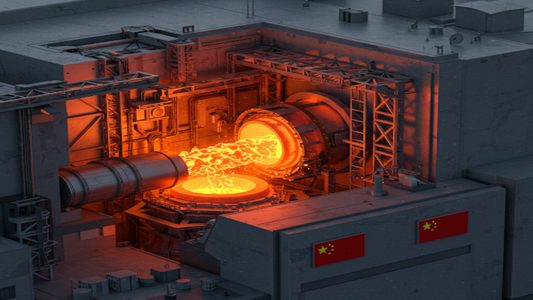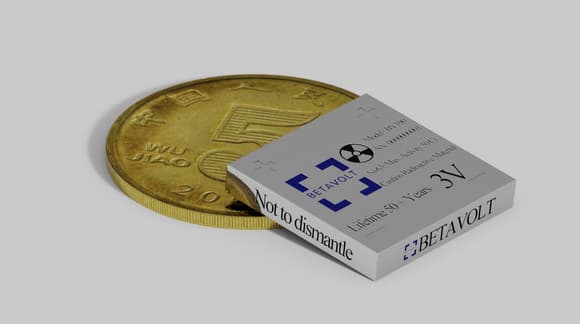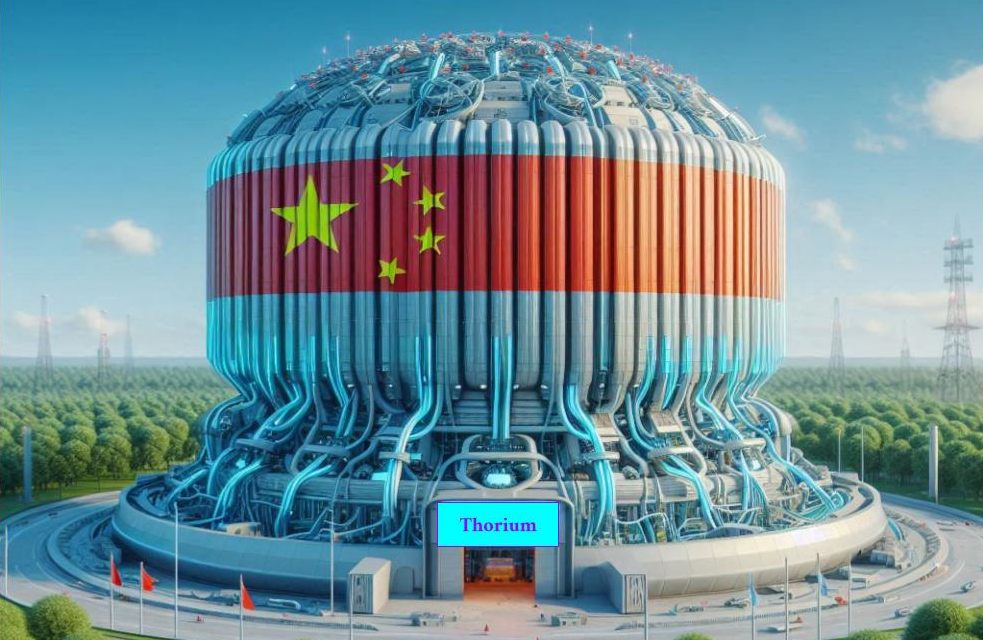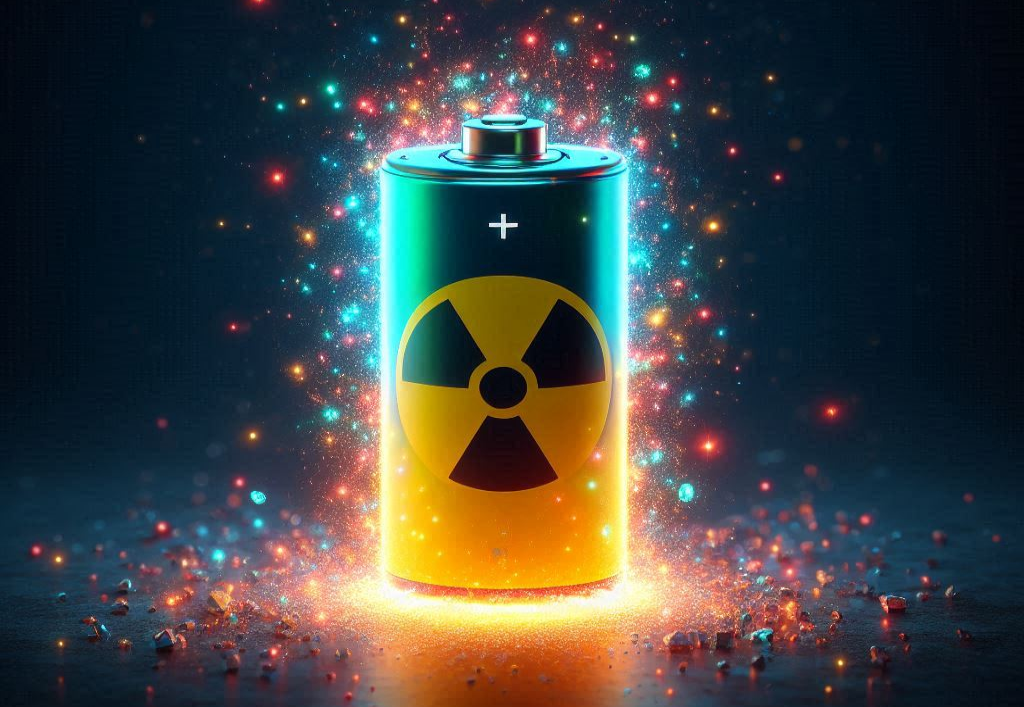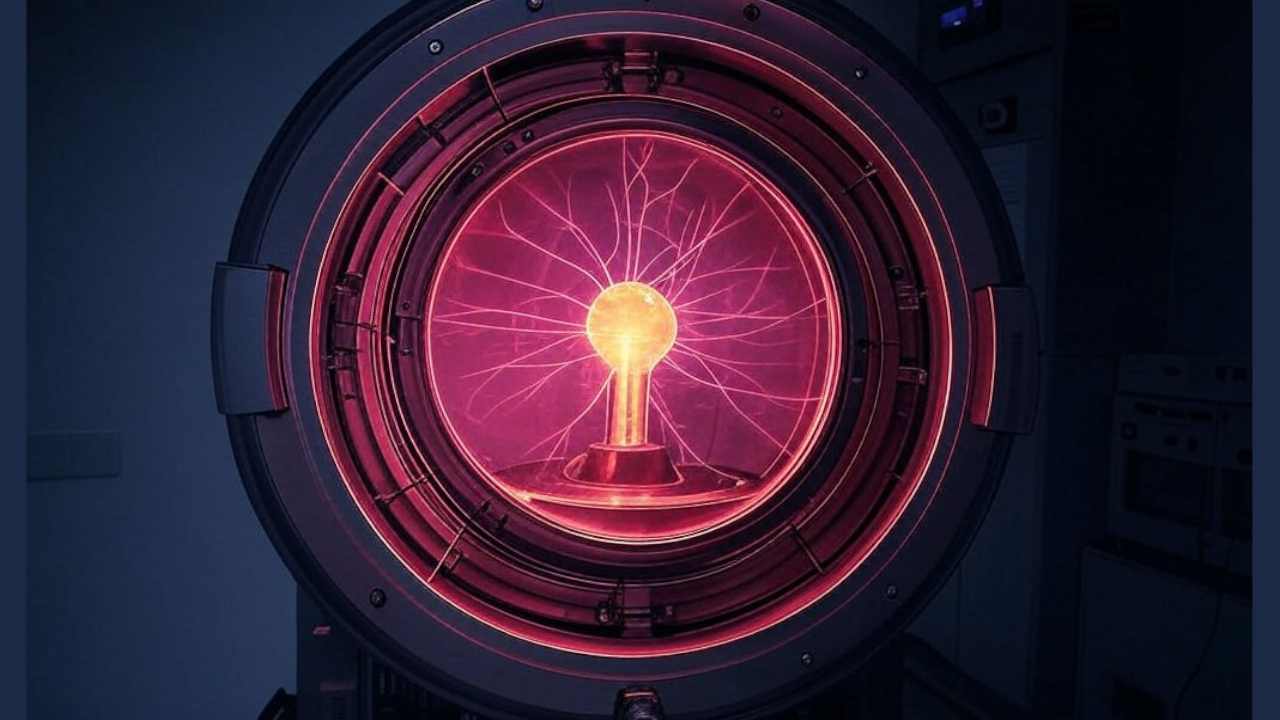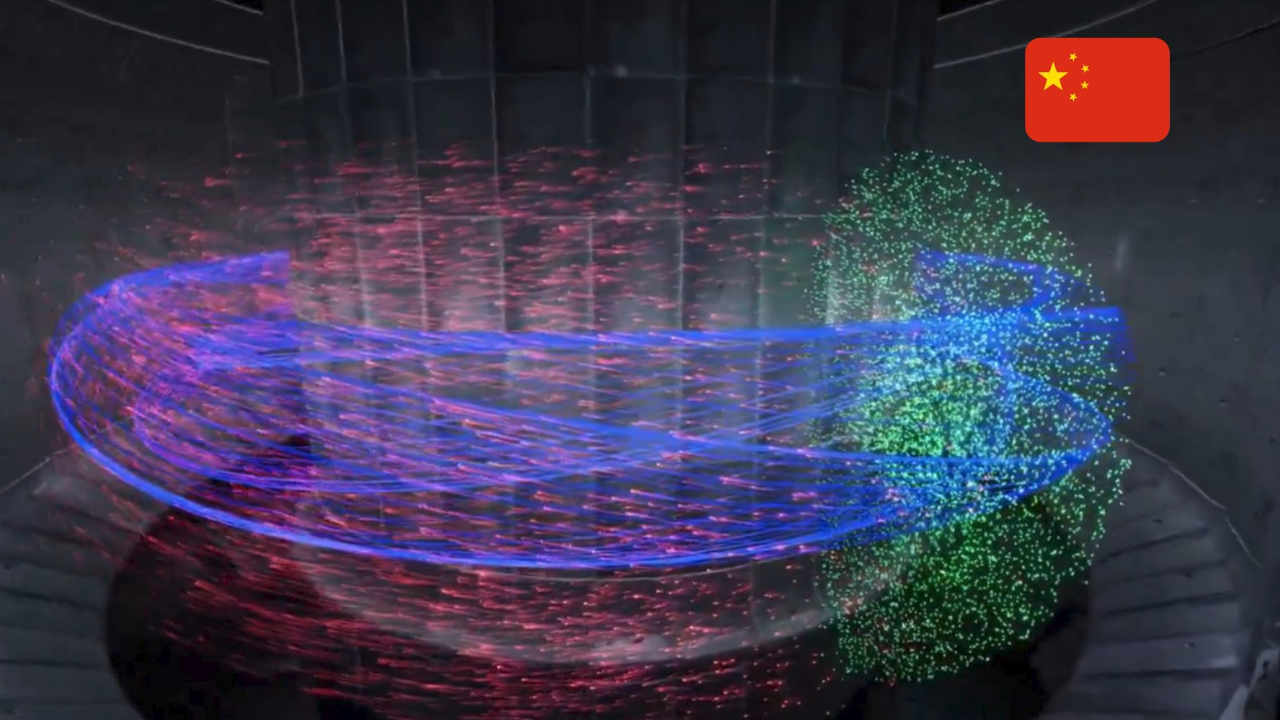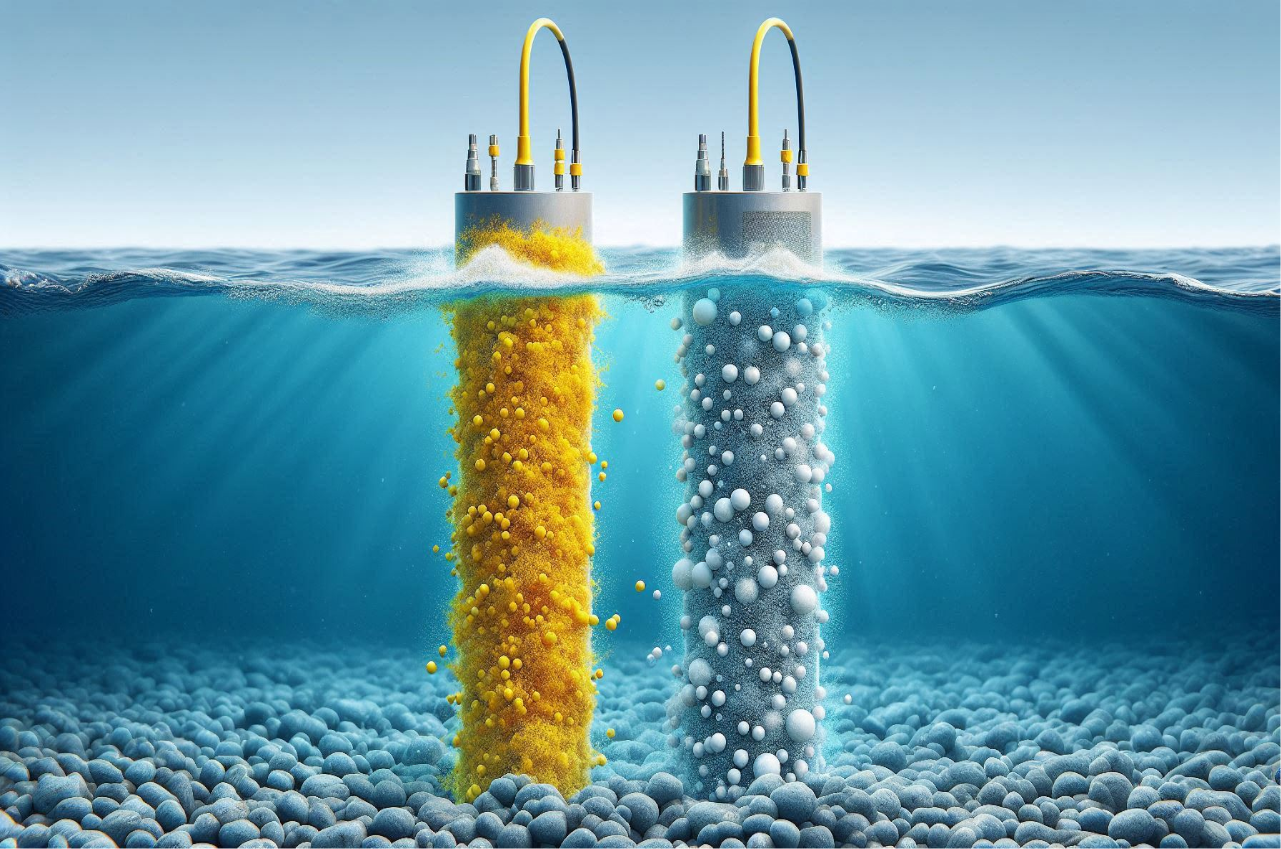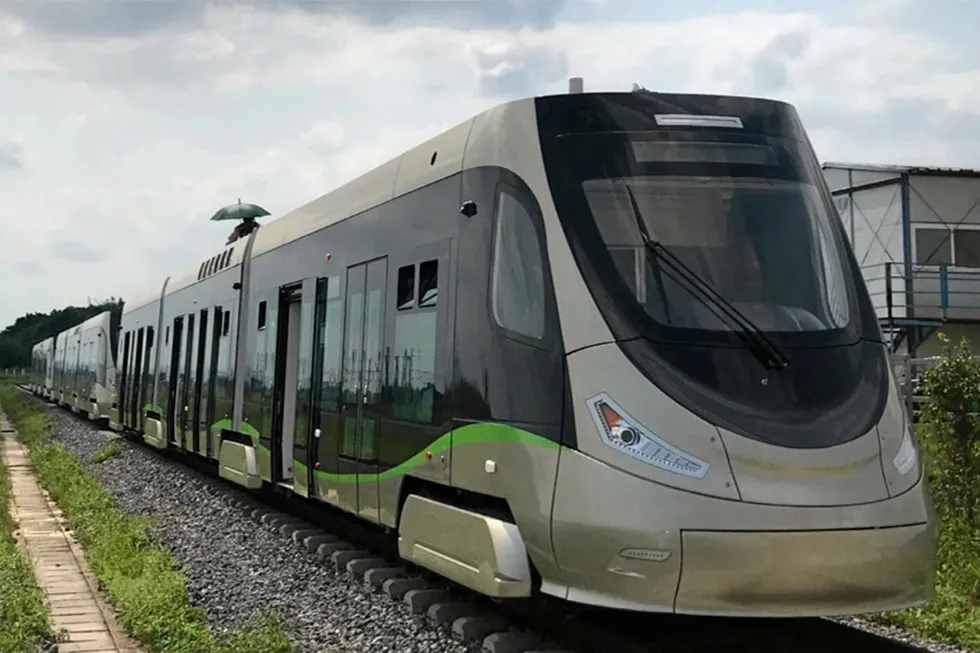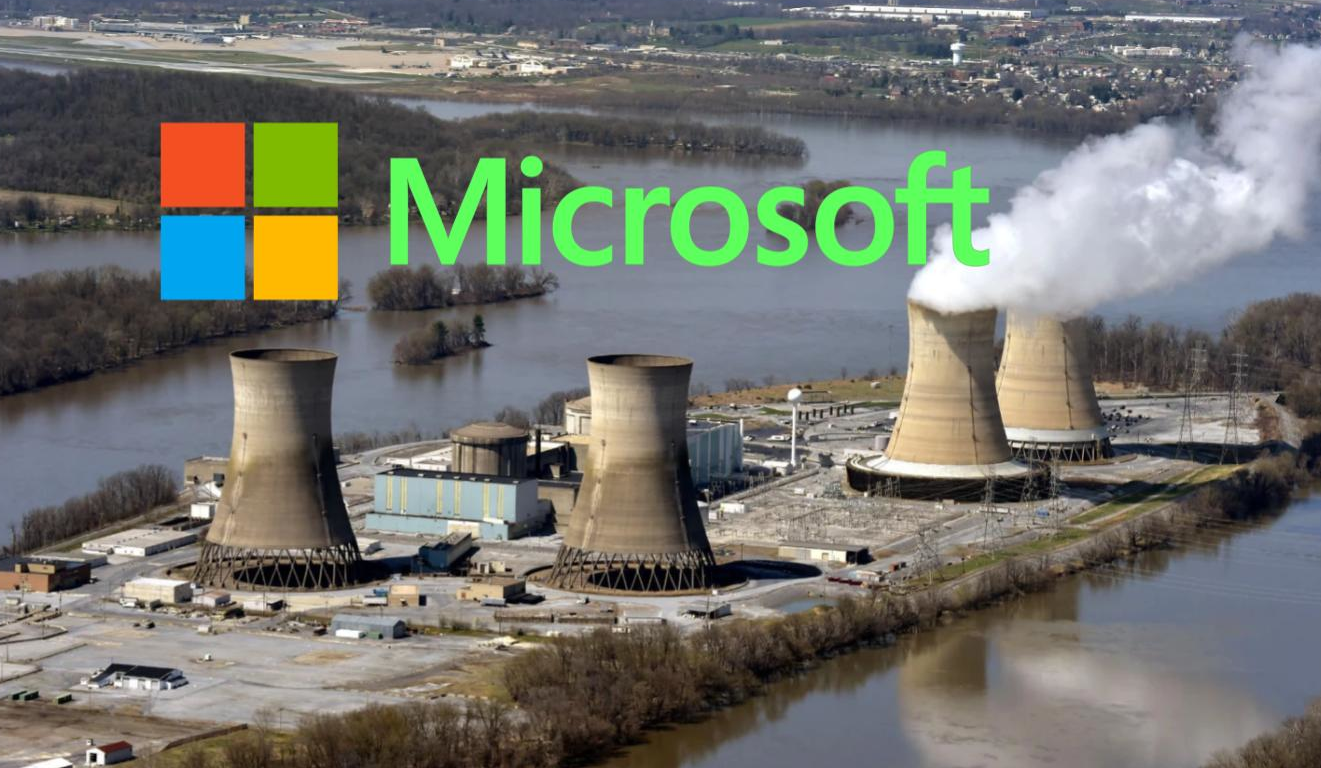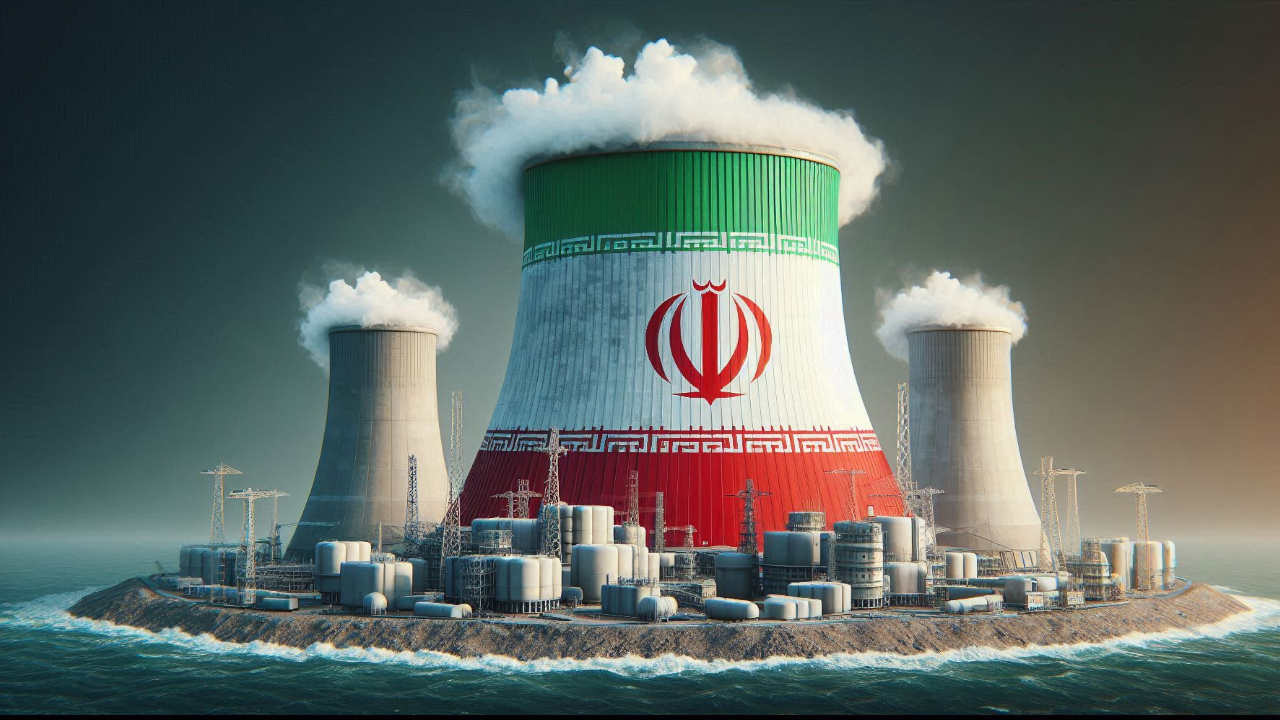In an unprecedented scientific and engineering step globally, Chinese researchers announced on April 8, 2025, a historic achievement in the field of nuclear energy: refueling a nuclear reactor while it is operating, without the need for shutdown, unlike traditional nuclear reactors which require a complete halt for this vital process.
This breakthrough was achieved in a Molten Salt Thorium Reactor (MSTR), an advanced type of reactor that does not rely on traditional uranium but on thorium – a promising silvery-colored metal that offers significantly safer and more sustainable nuclear energy. The ability to refuel while in operation opens the door to continuous reactor operation, increasing energy production efficiency and significantly reducing unplanned shutdowns, operating costs, and wasted time.
How does this innovative thorium reactor work?
The molten salt reactor relies on dissolving the nuclear fuel, such as thorium fluoride, directly within a mixture of molten salts at very high temperatures. This molten salt acts as a medium that carries the reacting fuel and simultaneously absorbs the heat generated by nuclear fission with very high efficiency. This means it performs the functions of both fuel and coolant in one simplified system.
The essential advantage here is the liquid nature of the fuel. Unlike solid fuel rods in traditional reactors that require a complete shutdown for complex and costly replacement or rearrangement, new fuel can be added to the molten salt loop continuously or semi-continuously while the reactor is operating without affecting energy production. This allows the reactor to operate for much longer periods without shutting down for refueling.
Significance and China's Competitive Edge
This pioneering research reactor is located in Wuwei city, Gansu province, China. Although it is still in its experimental phase with a thermal power output of only about 2 megawatts, achieving in-operation refueling represents a paradigm shift that grants China a crucial strategic and competitive advantage in the race to develop the next generation of nuclear energy.
This capability is a significant step towards developing much larger molten salt thorium reactors capable of generating electricity on a commercial scale reliably and continuously for many years. While other major countries such as the United States, India, and Russia are exploring molten salt reactor technologies, China is the first globally to successfully overcome this major engineering challenge of continuous in-operation refueling.
